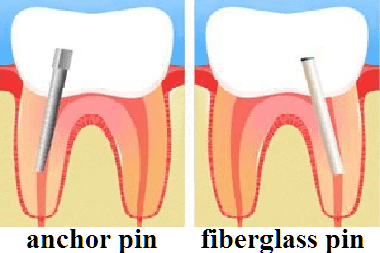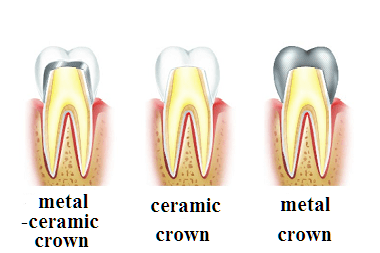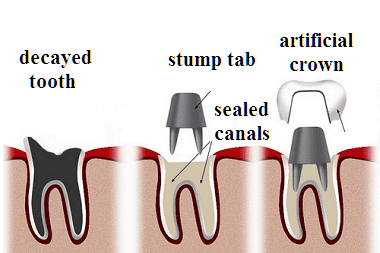Health for a lifetime >>>> Is it possible to restore badly damaged teeth?
Is it possible to restore badly damaged teeth?

Teeth, like any organs of a living organism, are given to a person once and therefore require a particularly careful attitude towards themselves, because they play a very important role at the beginning of the digestive process and are responsible for how effectively food will be crushed before entering the digestive tract. But what if, due to certain circumstances (metabolic disorders, trauma, genetic predisposition, or simply poor care), teeth began to decay? Is it possible to restore badly damaged teeth?
Restoring decaying teeth is a painstaking process, but possible. First of all, the degree of damage to the tissues of the tooth (root and coronal part) and the condition of the tissues surrounding the tooth (periodontium, mucous membrane, bone tissue of the jaw) are assessed. Dentists first of all check how stable the tooth is, and whether there are pathological processes (inflammation, suppuration, cysts, bone loss) in the areas adjacent to the tooth. If the root of the tooth is healthy and stable, and the adjacent tissues are in order (previously cured by a periodontist), then the process of restoring the destroyed coronal part of the tooth can be started. There are two ways to do this: cosmetic restoration of the crown part of the tooth and prosthetics of the crown part of the tooth.
It is possible to cosmetically restore the crown part of the tooth on an anchor or fiberglass post, one part of which is fixed in the root, and the other holds the filling material of the formed crown part. This form of dental restoration is suitable for teeth, the coronal part of which is not destroyed to the base, and there are walls that will limit the mobility of the filling. As a filling material, composite masses are used, which can be applied in layers and gradually form the desired shape of the crown part.
The disadvantage of this type of restoration of decayed teeth is considered their low endurance, for this reason, teeth restored with composites require careful attitude, soft food and abandonment of bad habits (gnawing bones, seeds, sweets, and the like). Composite teeth cannot bite off a piece of hard sausages, dry fish, hard biscuits, crust of bread, hard fruits and vegetables.

If the crown part of the tooth is significantly destroyed, it is recommended to cover the tooth with an artificial crown (plastic, metal-plastic, steel stamped, cast from base and precious metals, metal-ceramic, ceramic), which covers all the destroyed surfaces of the crown part, restores the chewing efficiency by almost 100%. Plastic structures require careful treatment, since I have a tendency to wear off and crack from excessive load on the tooth, ceramic masses do not tolerate temperature changes (a sharp change in hot and too cold foods and drinks).

Completely destroyed crown parts of a tooth with a well-preserved root are restored using pin teeth or root stump inlays. Both types of structures are made by casting. The difference between a pin tooth and a stump inlay is that the crown part of the tooth is cast simultaneously in the pin tooth, and the cast stump inlay requires subsequent planting of the selected type of artificial crown on it.
Any of the methods of restoring decayed teeth requires additional measures to regulate metabolic processes, therapy with minerals and vitamins, and also involves careful oral care so that the remaining parts of the teeth, as supports, are preserved for as long a service life as possible.

Read

Read



























